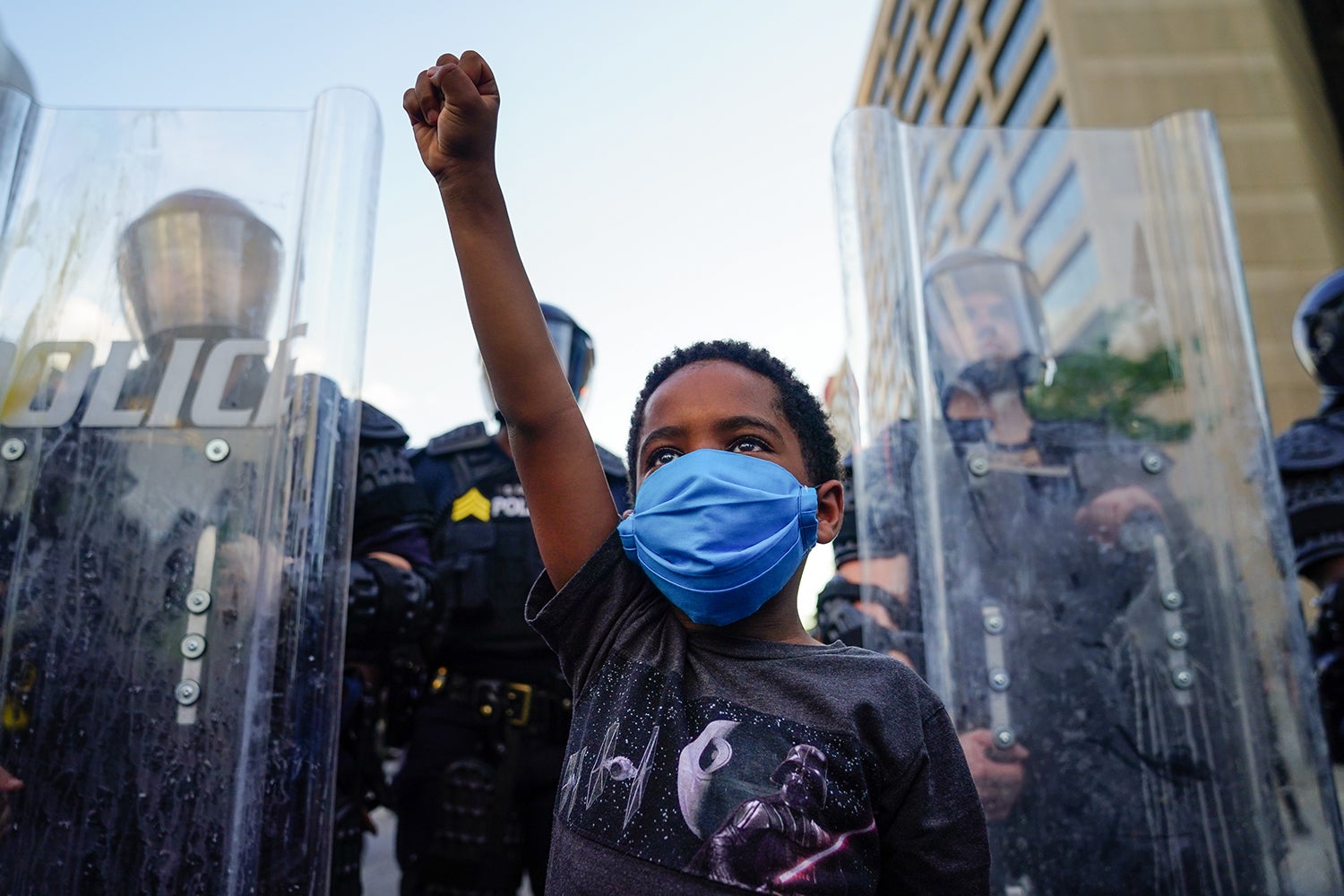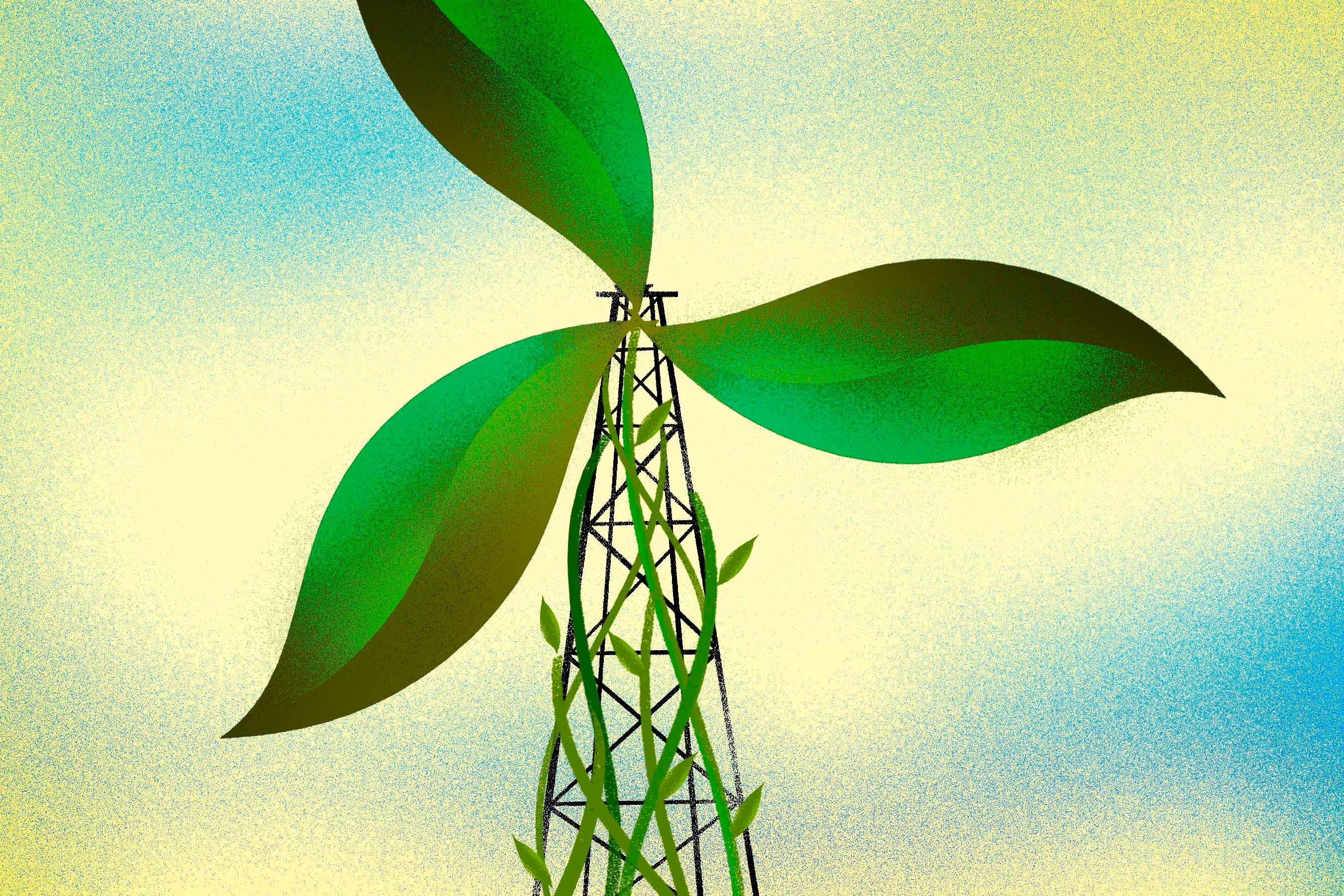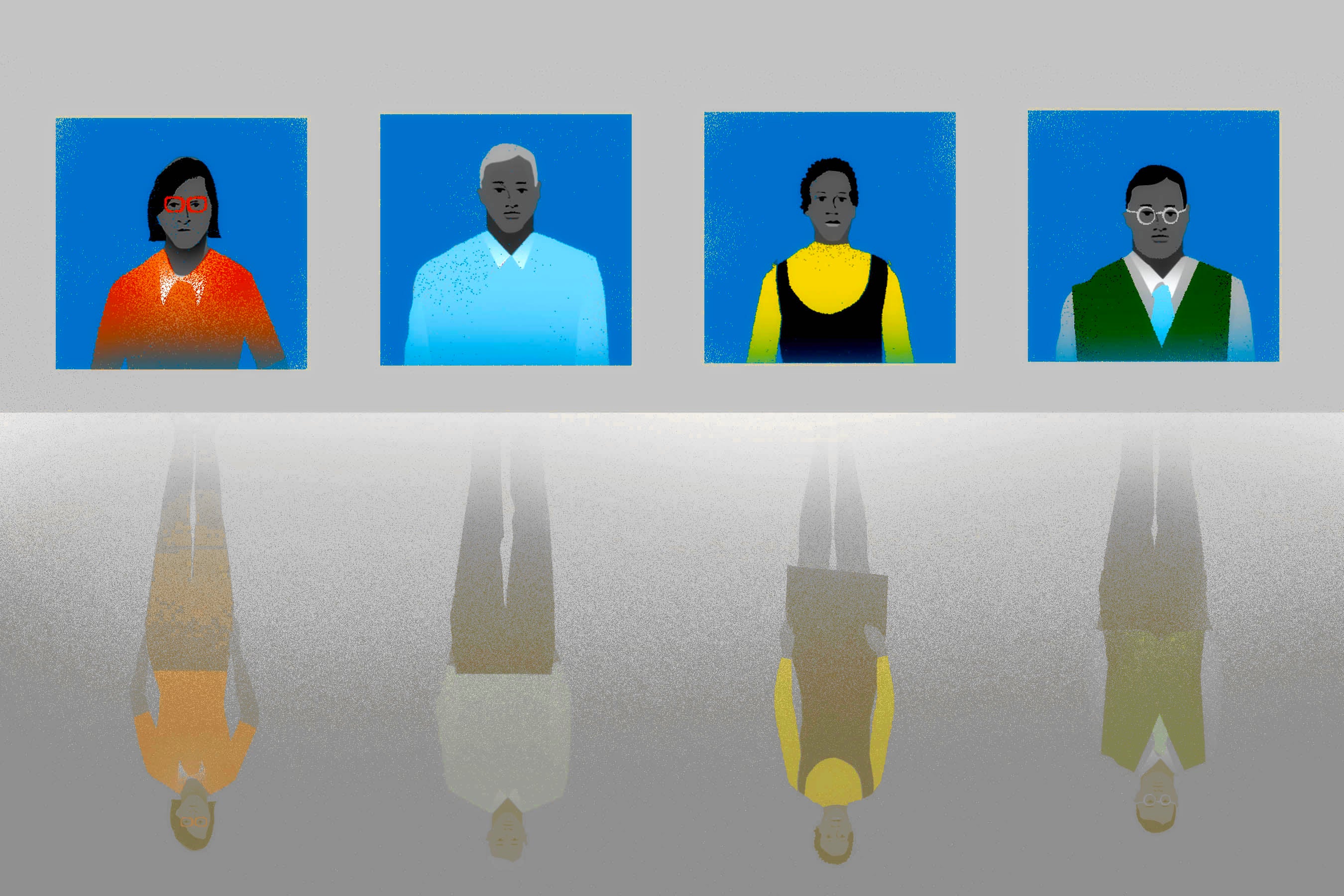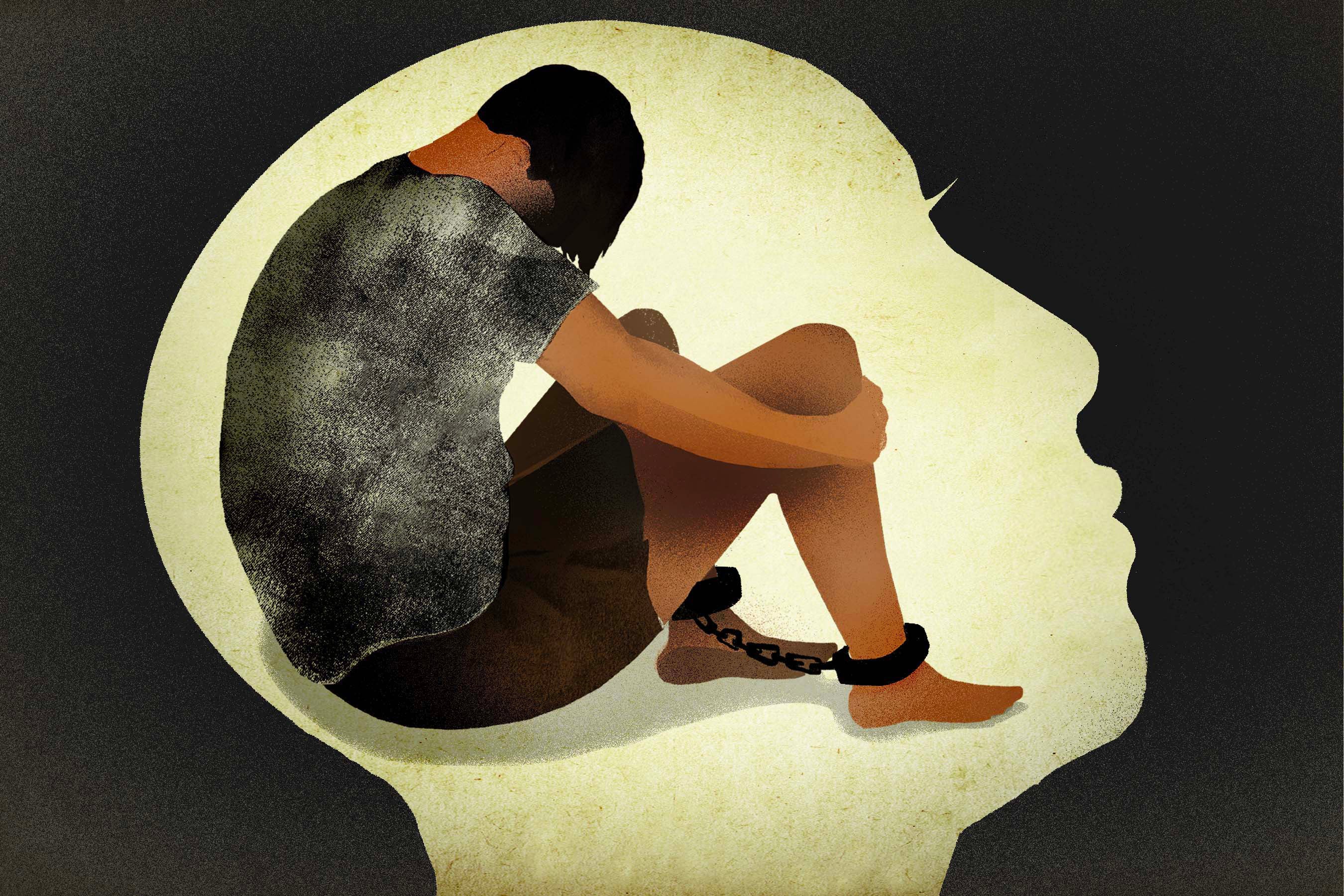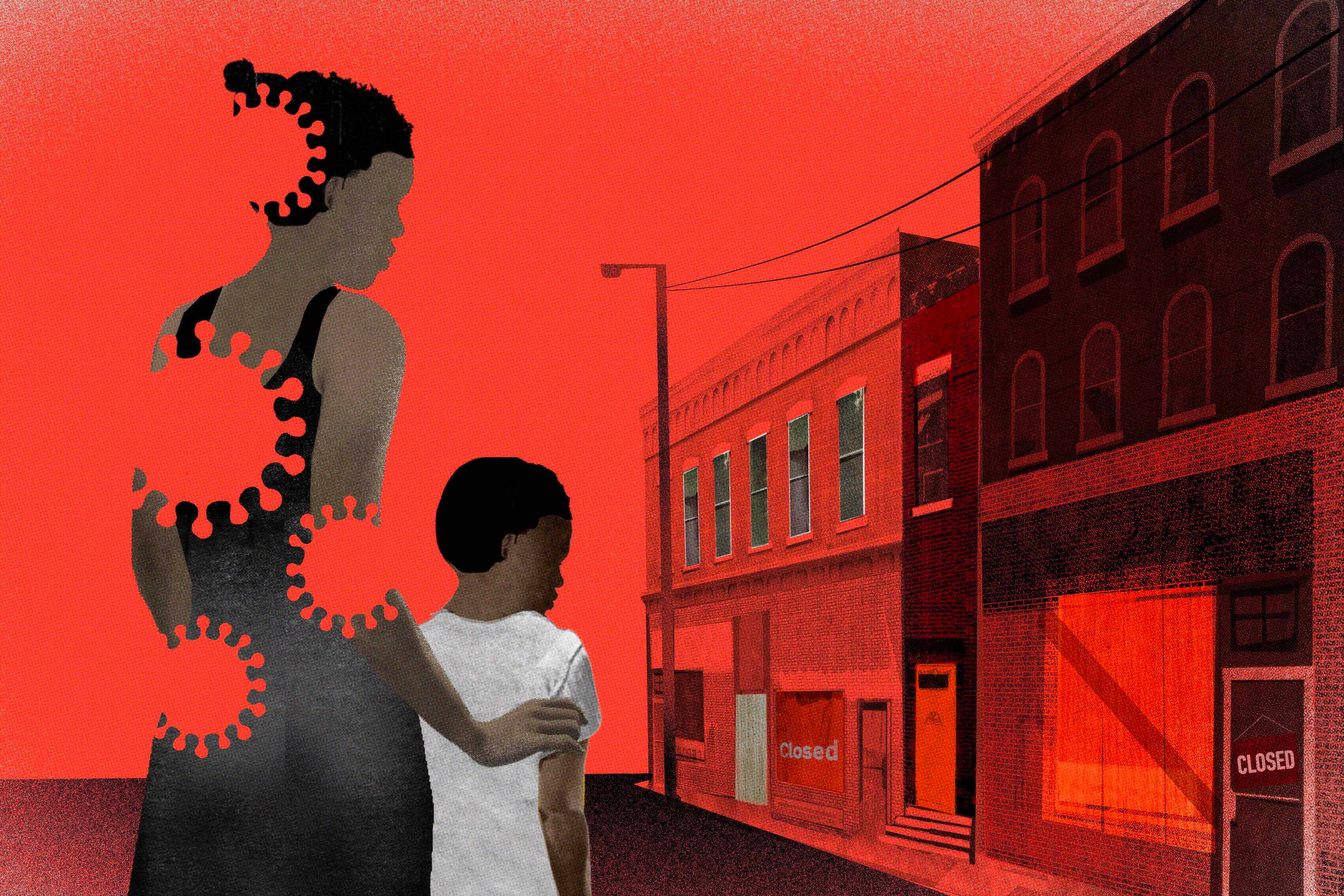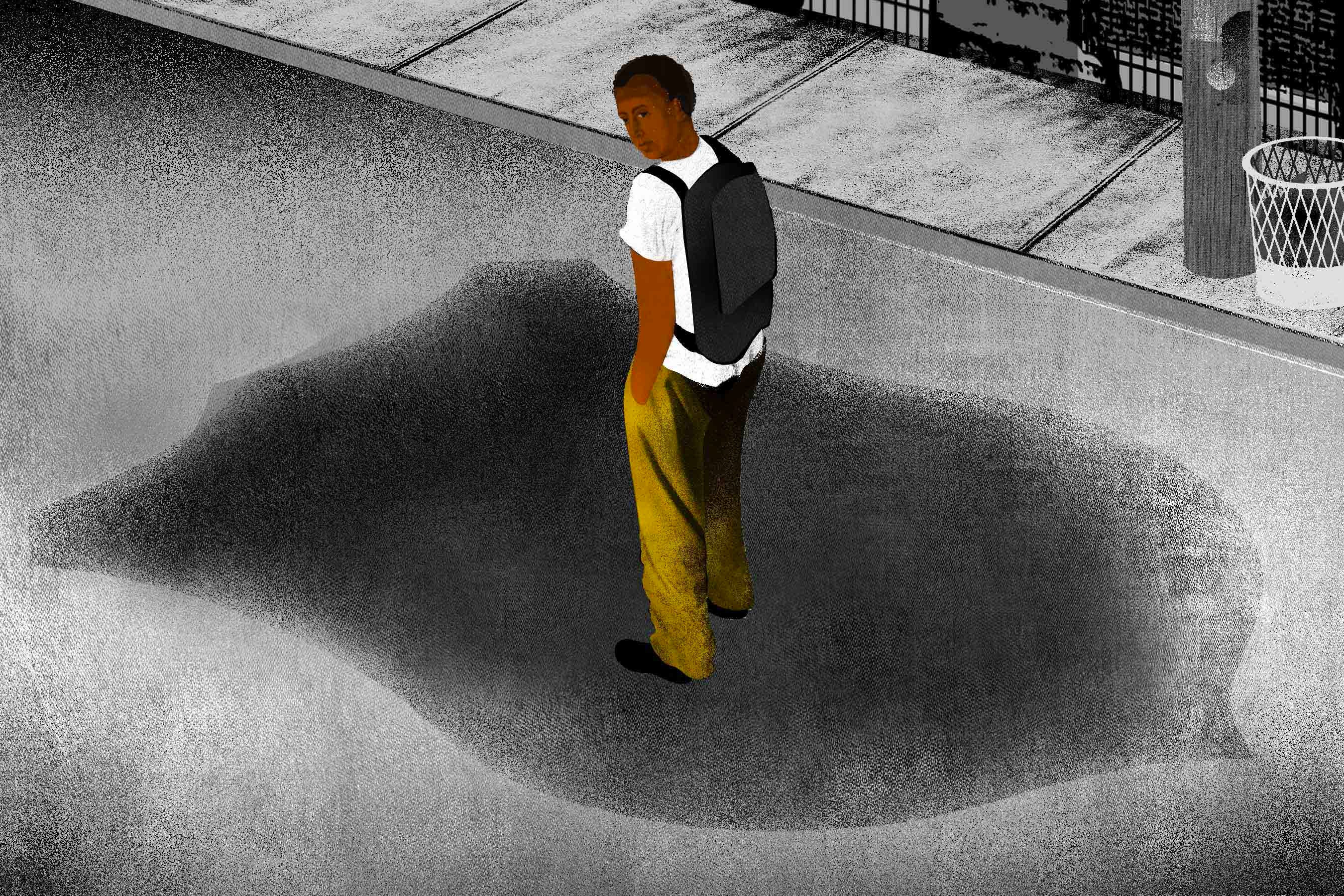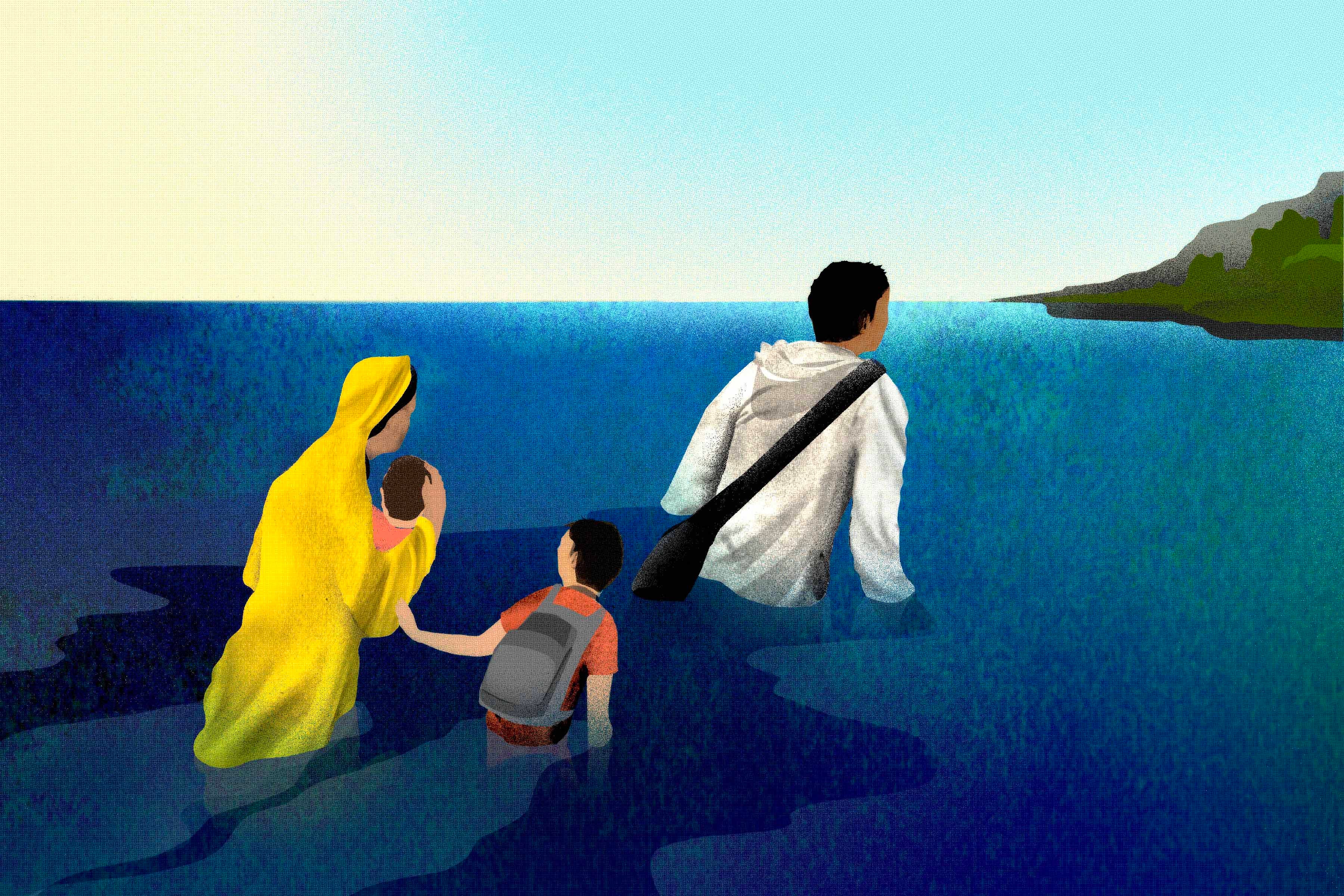By Hugh Williamson
A Human Rights Watch expert recently spent days on WhatsApp contacting relatives of two Kurdish men in a remote village in southeast Turkey, who were abducted and later lynched by soldiers. “At first, when I reached them, the relatives didn’t trust me. It took many hours building an understanding with them,” the colleague told me.
One reason why this work was so hard: Covid-19.
2020 was a tough year worldwide for businesses and nongovernmental organizations, as they strived to keep operations running and support staff during the pandemic. The same is true for Human Rights Watch, where, similar to other NGOs, donations fell during the pandemic. With 490 staff spread across 50 countries, we research and expose human rights abuses, to persuade governments to protect rights.
Almost a year into the pandemic—which looks likely to be with us well into 2021—it’s worth asking: how are we doing? What went well? What badly? And what can we learn? As a manager at Human Rights Watch, who has been involved in these efforts, I put these questions to colleagues and leaders at Human Rights Watch.
What emerges is an organization facing clear challenges. Externally, we must remain effective in documenting human rights abuses, such as the Turkey case, at a time when we often cannot rely on Human Rights Watch’s basic model: on-the-ground research and talking to people face-to-face. And internally, we must care for staff, thrown overnight into working from home.
Human Rights Watch also faced the challenge of documenting a surge of human rights abuses related to the pandemic itself. Governments struggled to react to the pandemic, and while some took appropriate steps—for instance, to protect vulnerable groups—responses that violated human rights were common too. Within weeks we had published documentation and analyses of a wide range of abuses and guidance on approaches to tackling the pandemic.
The story behind these headlines is about how we have been getting work done.
Remote interviews with victims and witnesses of human rights abuses are difficult, particularly in finding people to talk to and in building trust. Caring for interviewees’ well-being and safety is a priority. In-person research, such as on crises in Belarus and Nagorno-Karabakh, had to comply with strict Covid-19 guidelines to protect staff and those we meet.
Colleagues found ways to be creative. The Children’s Rights Division assembled research from dozens of Human Rights Watch staff, gathering nearly 400 interviews with parents and others in 55 countries to assess the impact on children’s rights of school lockdowns. And the entire research for a groundbreaking report on Syrian and Russian military attacks in Syria’s Idlib province was remote, using satellite imagery, photos and videos posted on social media, and flight spotter logs.
Accessing people in confined settings, such as prisons, immigration detention, or residential institutions for people with disabilities or older persons, was very difficult, so we worked with lawyers, family members, and staff, to gather and cross-check information on what was happening behind these closed doors.
“Our meetings with government officials remained effective when they went online,” said Kenneth Roth, executive director of Human Rights Watch. A scheduled meeting with German Chancellor Angela Merkel in March was cancelled because it could not happen in person. “When we spoke for an hour in October on video, it felt normal.”
Yet video can limit sensitive conversations said John Fisher, UN director in Geneva. “Difficult advocacy files, such as the debate in the Human Rights Council in June on systematic racism and police violence in the US, were even harder because we couldn’t informally approach diplomats for a chat over coffee.”
Were these the best ways to keep the work going? Some research was dropped because remote work was too difficult. What rights abuses did we miss? All research met Human Rights Watch standards, but some was less satisfactory, researchers says, because, for instance, it was difficult to find methodologies that overcame the very patterns of inequality highlighted in the pandemic.
Neela Ghoshal, associate director in the LGBT rights program at Human Rights Watch, who has felt the strain as a single parent with two small children, spoke about the challenges dealing with the digital divide. Without being able to meet face to face, it’s too easy to exclude those who don’t have regular access to the internet or phones, she said. “The work with poorer and more grassroots activists is not impossible, but it requires significantly more effort.”
The pandemic raises internal challenges for Human Rights Watch and its staff. Gabi Ivens, an expert on analyzing online materials, said more colleagues may have experienced stress while viewing videos of abuses as more researchers are doing so, with isolation at home compounding the problem.
Human Rights Watch has an internal Stress and Resilience Task Force that is helping staff on this topic, as well as on work-life balance and working hours; issues which are also significantly affected by staff working at home.
A colleague asked about a possible “reset” after the pandemic to ensure staff who took time off for family care—often women—are not disadvantaged over others: 67 percent of Human Rights Watch staff are women. Globally, women spend three times as much time doing unpaid care and domestic work as men do.
Colin Mincy, chief people officer at Human Rights Watch, said, “if we are managing through this crisis sensitively, there should be no need for a reset. Managers have been instructed to identify areas of staff members’ work to deprioritize and to look at the quality, not quantity, of outputs. If we care about the work, we must care about our people doing the work.”
In March, Human Rights Watch shut its 30 offices and directed staff to work from home. We limited work-related travel (itself an unintended boost for the environment). We moved fundraising events, usually including gala dinners and in-person meetings, online. There have been no redundancies or forced furloughs.
Recognizing the demands of working from home when most schools were closed, staff were given the option of taking up to a 25 percent reduction in their work schedule to care for dependents or themselves, without consequences to their pay. There is also reimbursement for extra childcare and homeschooling costs, and extra mental health assistance.
Roth states that these steps, and the way staff responded to the crisis, leave him cautiously optimistic. “2021 is going to be about building on what we have done but continuing to ask how best to respond to the challenges and inequities, both internal and external, that have been exposed over the last year.”

